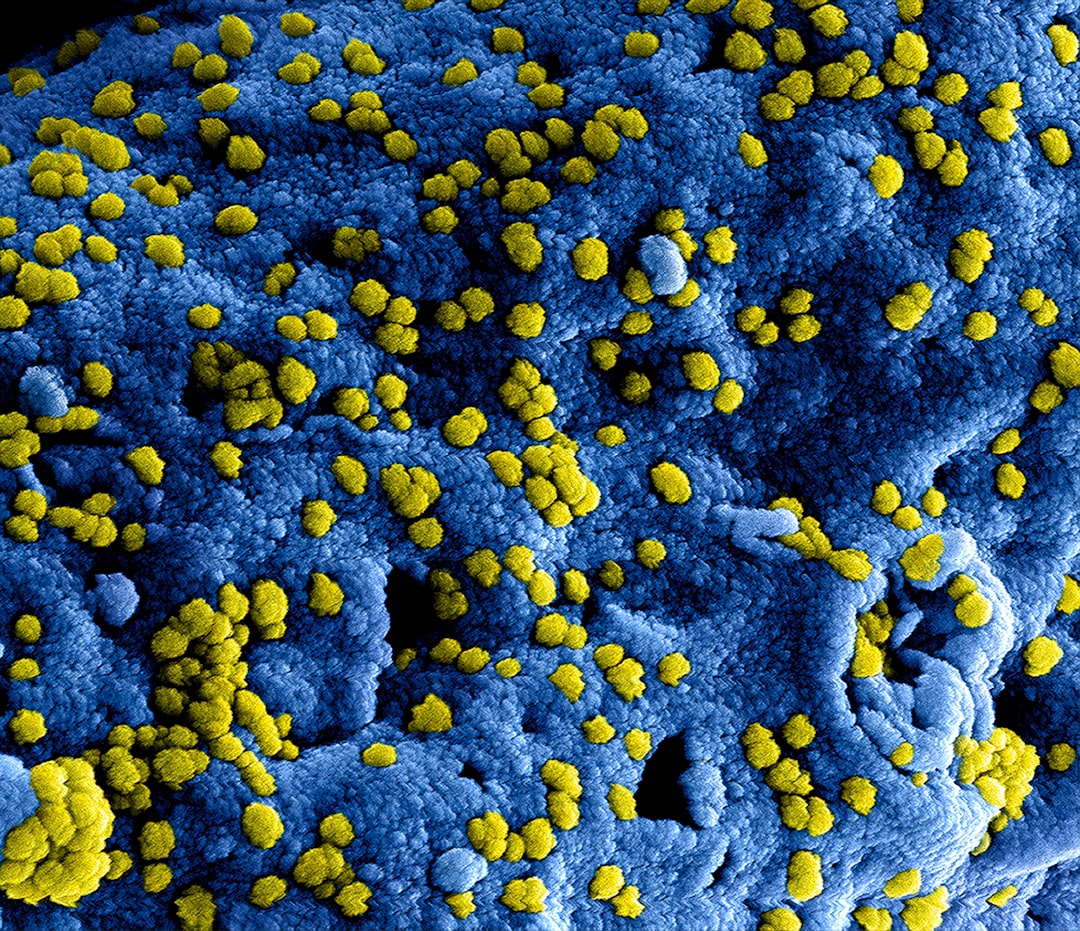What is it about?
Brain or blood plasma melatonin was analysed as a measure for pineal melatonin production in sea bream. Access to calcium was limited by diluting the seawater to 2.5‰ and removing calcium from the diet or by prolonged feeding of vitamin D-deficient diet. Interactions/relations between melatonin and calcium balance and the hypercalcemic endocrines PTHrP and calcitriol were assessed. Restricting calcium availability in both water and diet had no effect on plasma melatonin, but when calcium was low in the water or absent from food, increased and decreased plasma melatonin was observed, respectively. Fish on a vitamin D-deficient diet (D− fish) showed decreased plasma calcitriol levels and remained normocalcemic. Decreased brain melatonin was found at all sampling times (10–22 weeks) in the D− fish compared to the controls. A positive correlation between plasma Ca2+ and plasma melatonin was found (R2 = 0.19; N = 41; P < 0.01) and brain melatonin was negatively correlated with plasma PTHrP (R2 = 0.78; N = 4; P < 0.05). The positive correlation between plasma levels of melatonin and Ca2+ provides evidence that melatonin synthesis is influenced by plasma Ca2+. The decreased melatonin production in the D− fish points to direct or indirect involvement of calcitriol in melatonin synthesis by the pineal organ in teleosts. The hypercalcemic factors PTHrP and calcitriol appeared to be negatively correlated with melatonin and this substantiates an involvement of melatonin in modulating the endocrine response to cope with hypocalcemia. It further points to the importance of Ca2+ in melatonin physiology.
Featured Image
Read the Original
This page is a summary of: Melatonin synthesis under calcium constraint in gilthead sea bream (Sparus auratus L.), General and Comparative Endocrinology, January 2008, Elsevier,
DOI: 10.1016/j.ygcen.2007.03.002.
You can read the full text:
Contributors
The following have contributed to this page










